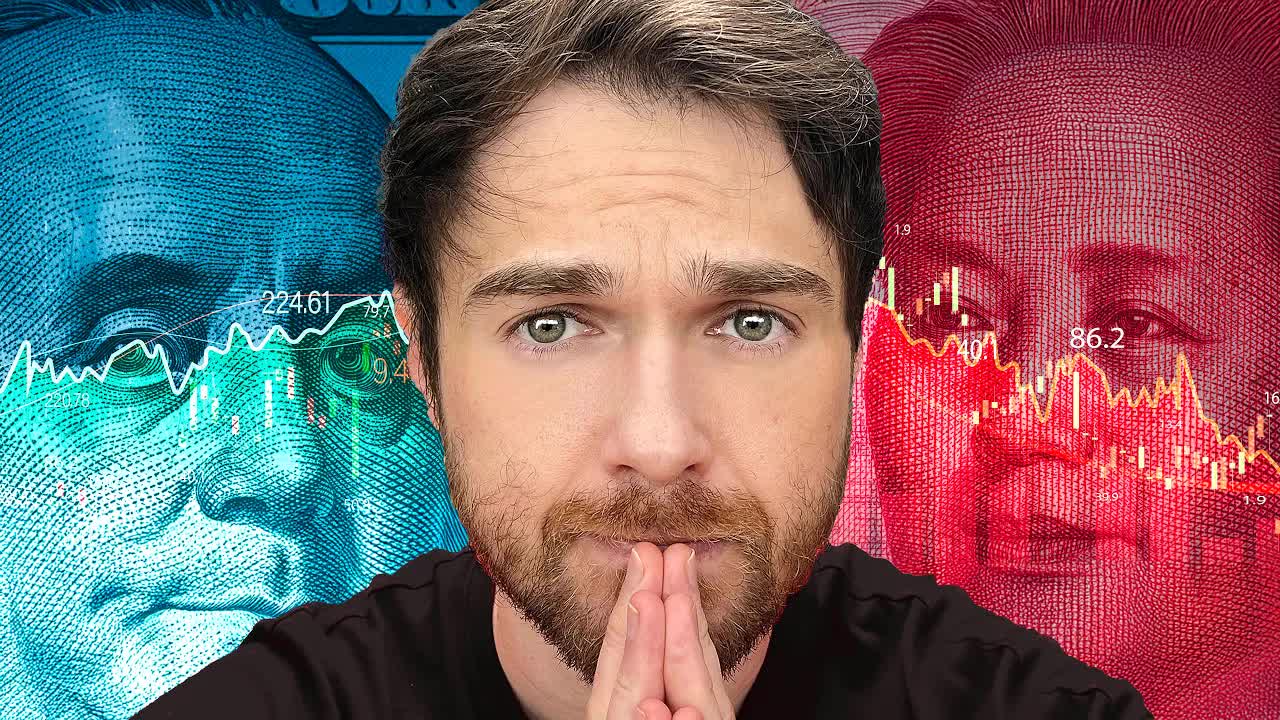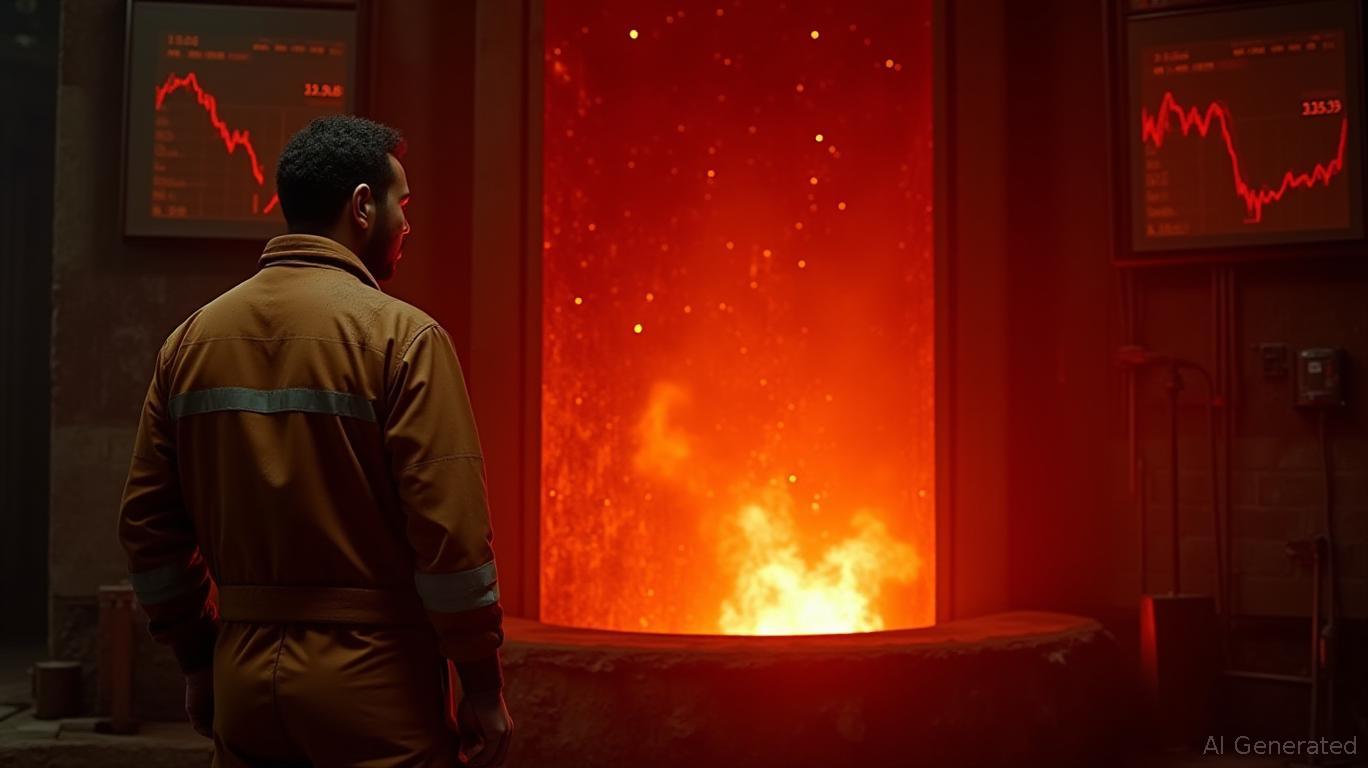Tariffs Uproot TV’s Ad Game: Winners and Losers in the Trade War
The global TV industry is in turmoil. U.S. tariff policies in 2025—imposing 25% levies on Mexican imports and 10% on Chinese goods—have sent shockwaves through supply chains, pricing strategies, and advertising markets. Once predictable annual “upfront” ad sales, where brands lock in TV ad space for the year, are now a volatile gamble. For investors, the landscape is shifting fast: some companies are capitalizing on tariffs, while others are scrambling to survive.
Ask Aime: How will 2025 U.S. tariff policies on Mexican and Chinese goods affect TV advertising markets and stock performance?
Supply Chain Chaos Fuels a Tech Divide
The tariffs have forced TV manufacturers to pivot. Brands with Mexican factories—compliant with the USMCA trade deal—avoid penalties, while competitors reliant on Chinese or Vietnamese production face steep costs. TCL and Hisense surged ahead, leveraging their flexible supply chains to grow shipments by 15% and 7%, respectively. Meanwhile, Samsung and LG rushed to export pre-tariff stockpiles, inflating U.S. inventories by 3–4 weeks.
Ask Aime: Which TV brands are thriving in the US tariff turmoil?
This reshuffling has accelerated a tech arms race. Chinese manufacturers, backed by Beijing’s “trade-in” subsidies, are dominating Mini LED TVs—energy-efficient models with cost-effective backlight tech. Shipments soared 50% in 2025 to 11.56 million units, capturing 64% of the market. In contrast, OLED TVs, plagued by 3–4x higher production costs and limited Chinese adoption, stagnated at 6.79 million units.

Traditional TV Ads: A Declining Dynasty
The tariff fallout is reshaping advertising markets. Traditional TV ad spending faces a $2.78 billion decline in 2025, as brands shift budgets to streaming and digital platforms. Retailers like Walmart, burdened by tariff-driven cost hikes, have slashed sales growth projections to 3–4%, amplifying fears of a consumer slowdown.
Ask Aime: Which TV stocks will surge or stall amid US tariff upheaval?
Yet, live sports remain a safe haven. Networks like NBCUniversal and Disney+ are leveraging must-watch events—Super Bowl, Olympics, NBA—to justify premium ad rates. “Advertisers still pay top dollar for live audiences,” says Disney’s Rita Ferro. CMOs are also hedging bets by demanding flexible ad contracts, allowing shifts between linear TV and streaming as economic conditions evolve.
Streaming’s Double-Edged Sword
Streaming platforms are growing—but not without pain. Ad spending here is up $1 billion in 2025, as brands flee traditional TV. However, over-supply is a risk: new entrants like Amazon Prime and Netflix are diluting inventory value. Tech giants like Meta and Google dominate, but they face headwinds. Meta’s 11% reliance on Chinese advertisers (e.g., Temu) has shrunk as trade tensions rise, shaving ad revenue.
Smaller platforms like Snapchat and Pinterest are even more vulnerable. Tinuiti analysts warn that advertisers are consolidating budgets on “safe” giants, while cutting back on niche players.
Investment Implications: Where to Bet?
- Mini LED Manufacturers:
- TCL and Hisense are positioned to capitalize on subsidies and tariff-friendly supply chains.
Xiaomi could follow, as its Mini LED tech gains traction.
Live Sports Holders:
Disney+ and NBCUniversal benefit from ad demand tied to must-see events.
Digital Giants with Resilience:
- Google and Amazon dominate performance-based ads, though Meta’s reliance on volatile Chinese spend is a risk.
Name |
|---|
| Grupo TelevisaTV |
| Universal DisplayOLED |
Conclusion: A New Era of Volatility
The 2025 tariff war has rewritten the rules for TV and advertising. Investors must navigate three key trends:
- Supply chain agility: Companies with Mexican or Southeast Asian factories (e.g., TCL) thrive, while others falter.
- Tech differentiation: Mini LED’s cost advantage outshines OLED’s premium positioning.
- Ad market fragmentation: Traditional TV declines, but live sports remain gold. Streaming grows, but over-supply and advertiser consolidation pose risks.
The numbers tell the story: global TV shipments are down 0.7% in 2025, while Mini LED sales skyrocket. Ad spending in traditional TV will shrink by $2.78 billion, yet Meta’s Q1 growth (16%) contrasts with its looming risks. For now, bet on Mini LED leaders and live-sports content holders—but brace for more volatility as tariffs linger.










